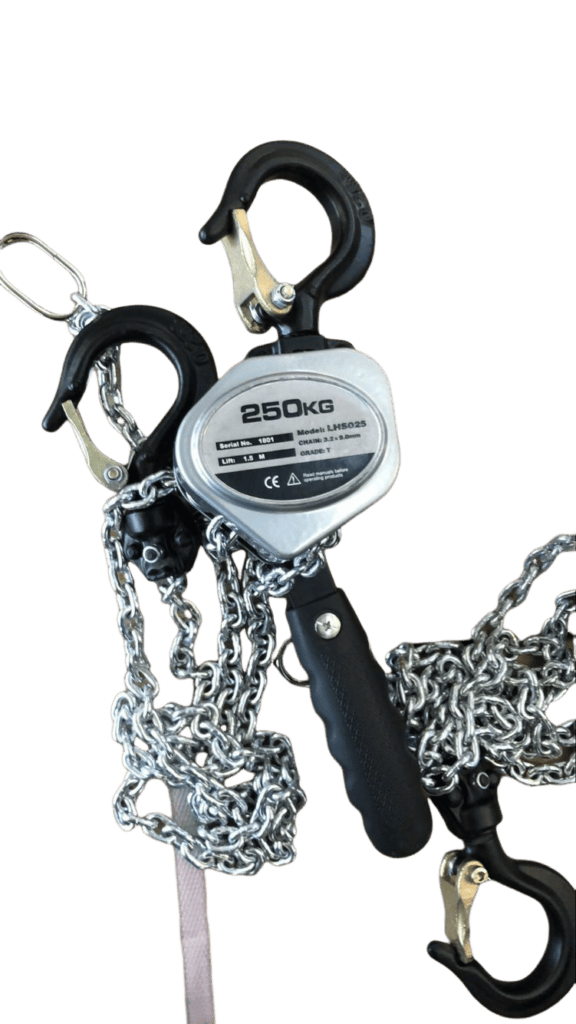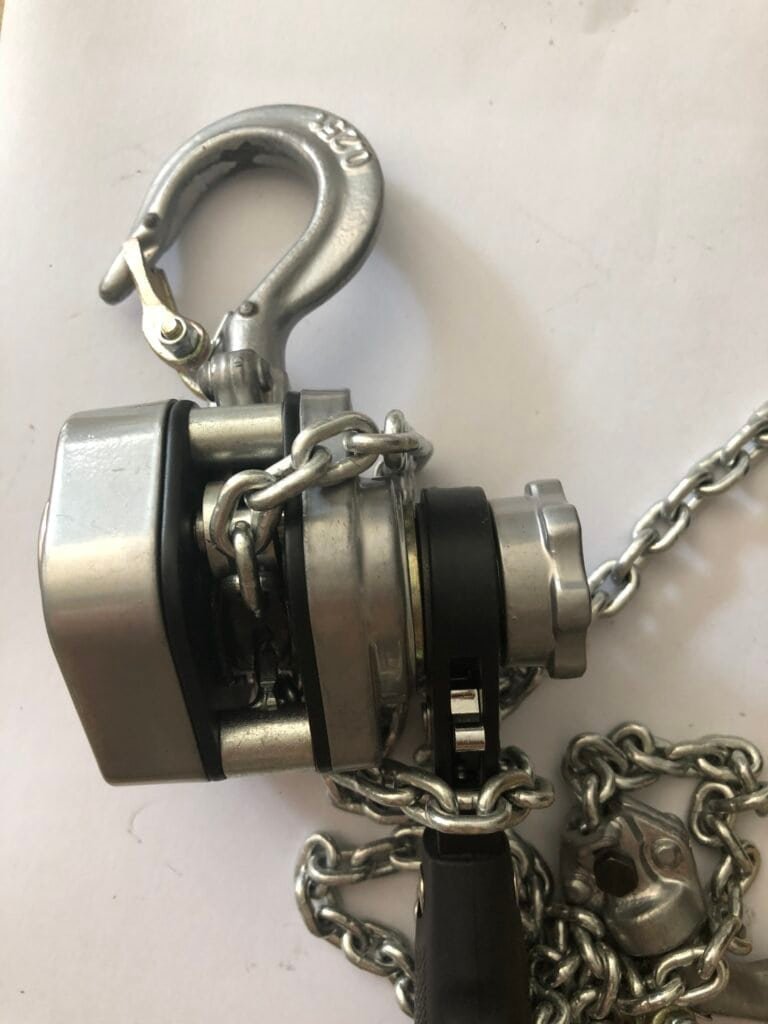The mini hand hoist is a small but practical lifting device. Thanks to its compact size and simple operation, it’s become popular in various fields. This tool works particularly well in tight spaces, for lighter loads, or when you need to move it around often.
What is Mini Hoist?

A mini hoist is a compact, manually operated lifting tool designed for light to moderate loads. By pulling a hand chain or lever, it lifts objects using a durable steel cable or chain, making it ideal for small-scale lifting jobs. You’ll often find these handy devices in workshops, warehouses, construction sites, and anywhere that demands a flexible lifting solution.
Unlike bulky industrial hoists, mini hoists are lightweight and space-saving, so they’re easy to transport and store. They don’t rely on electricity, which keeps costs low while still delivering reliable performance. Whether you need to move equipment, position materials, or handle repetitive lifts, a mini hand hoist offers a simple, efficient, and budget-friendly solution.
Mini Hoist vs. Large Hoist
When deciding between a Mini hand hoist and a traditional larger hoist, the main differences lie in their capacity, portability, and applications.
| Factor | Mini Hoist | Larger Hoist |
|---|---|---|
| Load Capacity | Designed for lighter lifting tasks, usually from 250kg to 500kg | Built for heavy-duty work with much higher lifting capacities |
| Portability | Compact and lightweight, easy to carry, store, and move between work sites | Bulkier and heavier, less convenient for frequent transport |
| Applications | Ideal for confined spaces and lighter jobs—such as small workshops, warehouses, and vehicle repairs | Suitable for large-scale construction, industrial facilities, and heavy machinery handling |
Installation and Operation of the Mini Hand Hoist
To install the Mini hoist, ensure that it is securely fixed in place. It can be mounted on overhead beams or structures, allowing the chain to move freely. Once installed, check that all components are stable and secure.
When operating, follow these steps:
- Safety Check: Before use, inspect the chain for signs of wear, breakage, or looseness.
- Proper Operation: Operate the hoist smoothly without jerking the handle to avoid tangling the rope or causing instability.
- Load Control: Never exceed the hoist’s rated load capacity. Always ensure that the weight of the lifted object is within the hoist’s specified limits.
Safety and Maintenance Guidelines for Mini Hand Hoists

To ensure the reliable and long-term performance of your Mini hoist, proper safety practices and regular maintenance are essential. Follow these key recommendations:
Routine Inspections
Conduct frequent checks on critical components, including the chain, braking mechanism, and handle. Look for signs of wear, deformation, or other damage that could compromise functionality.
Cleaning and Lubrication
Keep the hoist clean by removing accumulated dirt, dust, and debris. Apply lubricant to moving parts to minimize friction, prevent corrosion, and ensure smooth operation.
Load Management
Never exceed the hoist’s specified load limit. Overloading can cause mechanical failure, equipment damage, or safety hazards. Always verify the weight of the load before lifting.
Safe Operating Procedures
Before use, clear the work area of unauthorized personnel and obstacles. Operators must wear appropriate personal protective equipment, such as sturdy gloves and safety glasses, to reduce injury risks.
By adhering to these guidelines, you can maintain optimal performance and extend the service life of your Mini hand hoist while ensuring a safe working environment.
Conclusion
The Mini hoist is a powerful yet compact lifting solution, ideal for applications where space is limited and light to moderate loads need to be handled efficiently. When compared to bulkier hoisting systems, its standout advantages include superior portability, user-friendly operation, and reliable performance.
To get the most out of your Mini hoist, it’s essential to:
- Choose the right model based on load capacity and usage requirements.
- Follow proper installation and operating procedures to ensure safe and smooth functionality.
- Implement a consistent maintenance routine to prolong its service life and prevent breakdowns.
From small workshops and storage facilities to automotive repair and construction sites, the Mini hand hoist proves to be a versatile and dependable tool. By using it correctly and maintaining it well, you can enhance productivity while keeping operations safe and efficient.
www.chinatoplifting.com
tracy@chinatoplifting.com
评论
发表评论